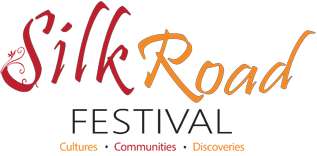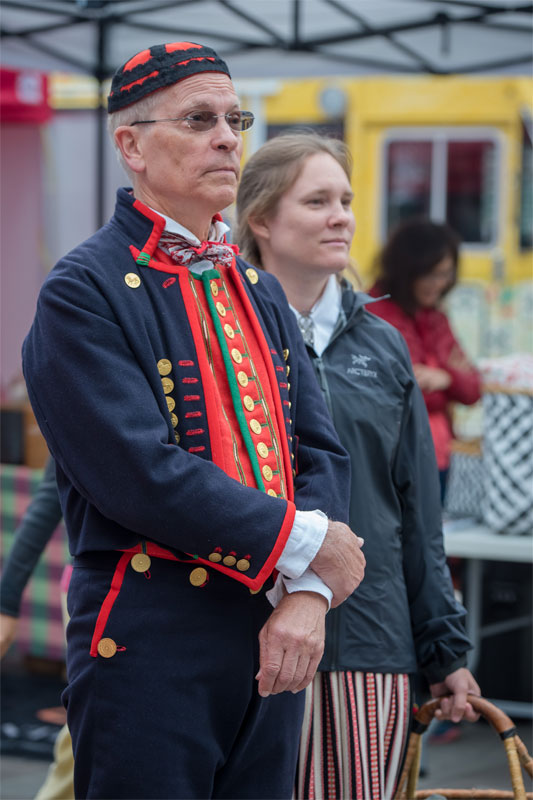Scandinavian Dance Smorgasbord
The Nordic program will feature a collection of several traditional Scandinavian folk dances from Sweden and Norway.
Dance couple, Soren Huber and Ross Schipper will wear traditional folk costumes from Scandinavia.
Soren and Ross both hold medals in Swedish folk dance. These medals were earned by dancing for judges and the public in Sweden. Soren earned the Silver medal in 2017 and Ross earned the Big Silver medal in 2003.
Their dances will include Gammaldans, dances of the late 19th century such as Schottis, Vals and Hambo; as well as regional and village dances (Bygdedans) such as Åtabakspolska from Föllinge, Storpolska from Vemdalen, Klackpolska from Norra Ångermanland, Rørospols and Norwegian Springar. For detailed dance descriptions, Click Here.
The Scandinavian Dancers of Vancouver, B.C. has performed in many local community events including the Swedish National Day, Danish Constitution Day, Midsummer Festival at the Scandinavian Community Centre.
How the Vikings are connected to the Silk Road?
Little is known of this connection and Vikings taste for silk until the discovery of the Oseberg burial mound in 1904 in Norway.
According to University of Oslo professor, Dr. Marianne Vedeler, the Vikings went very far to get silk. Discovery at the Oseberg burial mound revealed that some of silk came from Central Asia and Byzantine area.
Silk came to Scandinavia for the first time in the 9th century, she said. In addition to Norway, silk was also found in Denmark, Sweden and Finland. Read more…
Only the richest and most highly ranked men and women were buried with silk. The fabrics were cut in narrow strips that were sewn onto clothing such as headwear and tunics.
Dr. Vedeler has published her discoveries in her book, Silk for the Vikings (Ancient Textiles) and it’s available for purchase online.



 © Tim Matheson
© Tim Matheson © Kenneth Lee
© Kenneth Lee